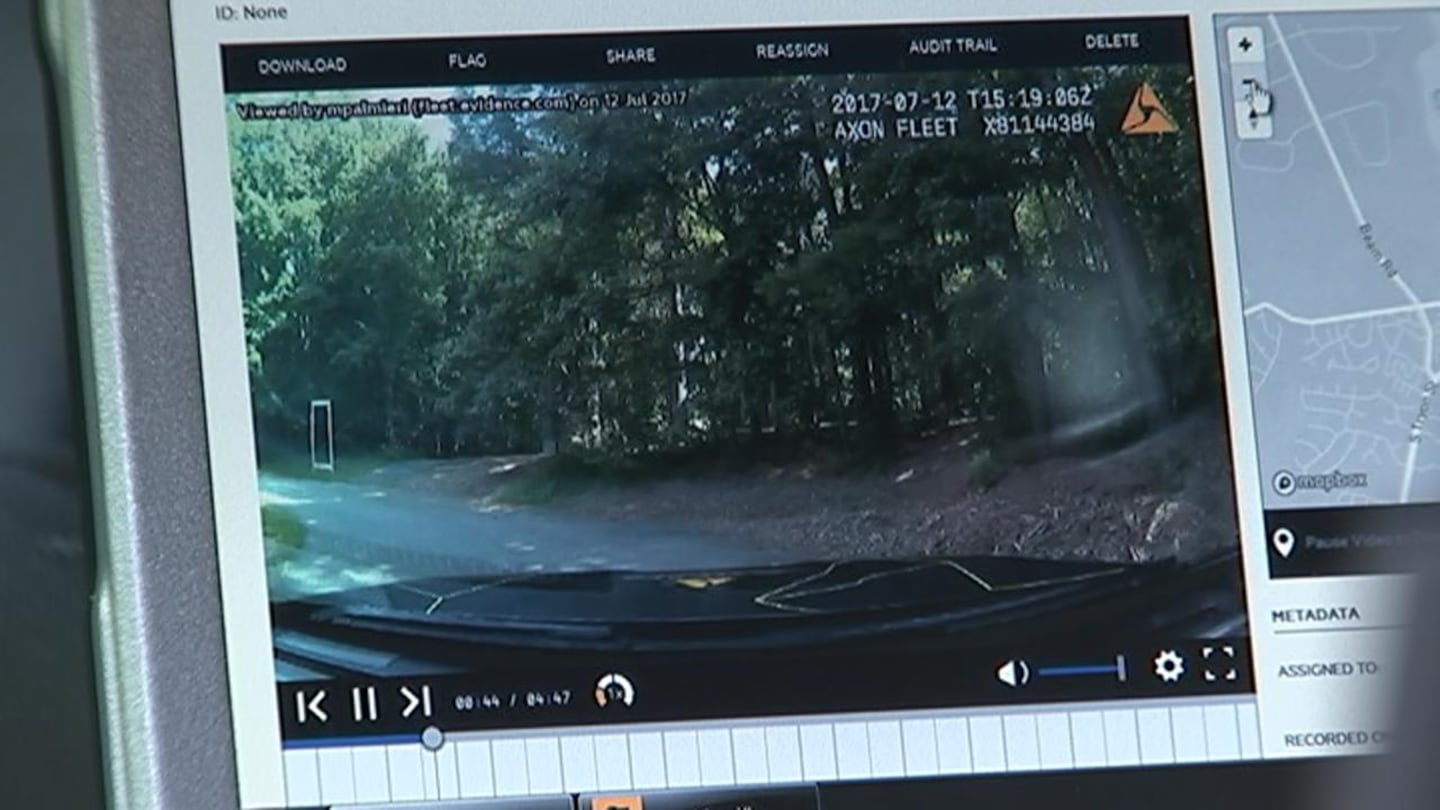CHARLOTTE, N.C. — For police officers, every second counts, especially in an emergency.
“Do I turn my camera on? When do I turn it on? Do I draw my weapon? I need to talk on the radio. I got to drive a car fast,” Charlotte-Mecklenburg police Maj. Steve Willis said.
Willis is a technology guru for the department. He said the latest trend in law enforcement are unmanned aerial vehicles also known as drones.
“Now look at where we are progressing, I’ve seen prototypes of UAVs that are mounted in blue lights on patrol cars,” Willis said.
Police in Los Angeles are equipped with the patrol car of the future, which features license plate readers, facial recognition, fingerprint readers and a GPS cannon which fires a dart that sticks to a suspect vehicle, allowing the officer to break off a pursuit and track the car from a distance. Some patrol cars are so advanced they let an officer know if someone is walking up behind them.
Those technologies are not under consideration yet in Charlotte, but what is hitting the streets is advanced body camera technology.
Marc Palmieri with Axon, which used to be Taser International, showed Channel 9 his company’s latest camera system.
When the blue lights turn on, the body camera and in-car camera automatically turn on. The same thing happens if an officer draws a Taser or firearm.
“The goal is to try and take more of the burden off of the officer,” Palmieri said.
Axon also takes it one step further.
Every officer who responds to a scene will have their cameras turn on automatically with no action from the officer.
“Imagine a critical incident where there are 10 officers on scene and they are all wearing body cameras and you have 10 camera views of that incident. If they all had in-car cameras you now have 20 views of that incident,” Palmieri said.
They system will even tell investigators which videos are related to the incident so they don’t have to search.
The human heartbeat could even come into play in the future.
Under stress, respiration and pulse go up, so in the not too-distant future those vitals could be used to operate an officer’s body camera and signal headquarters that the officer might be in trouble.
Cox Media Group






